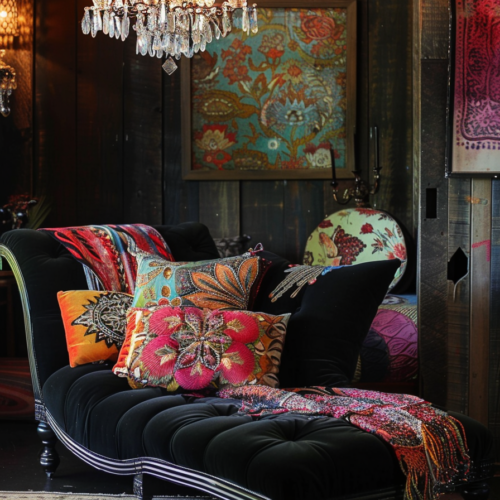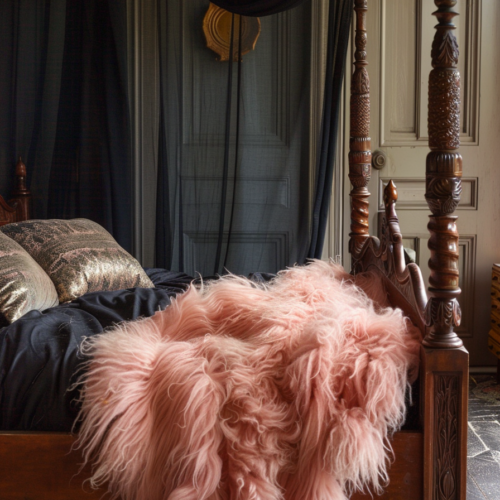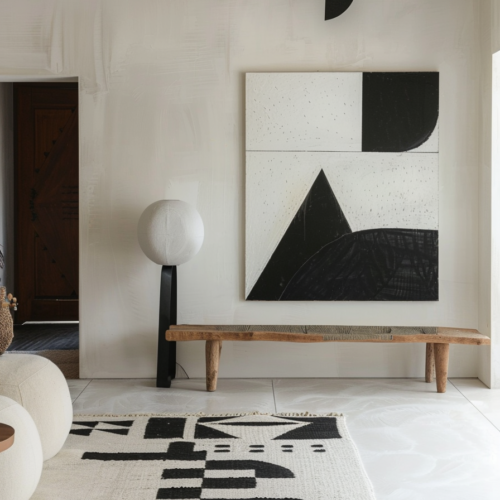Strategically positioning area rugs allows designers to effectively delineate separate functional zones within expansive open-concept spaces. Follow this comprehensive guide on choosing and placing rugs to optimize utility.
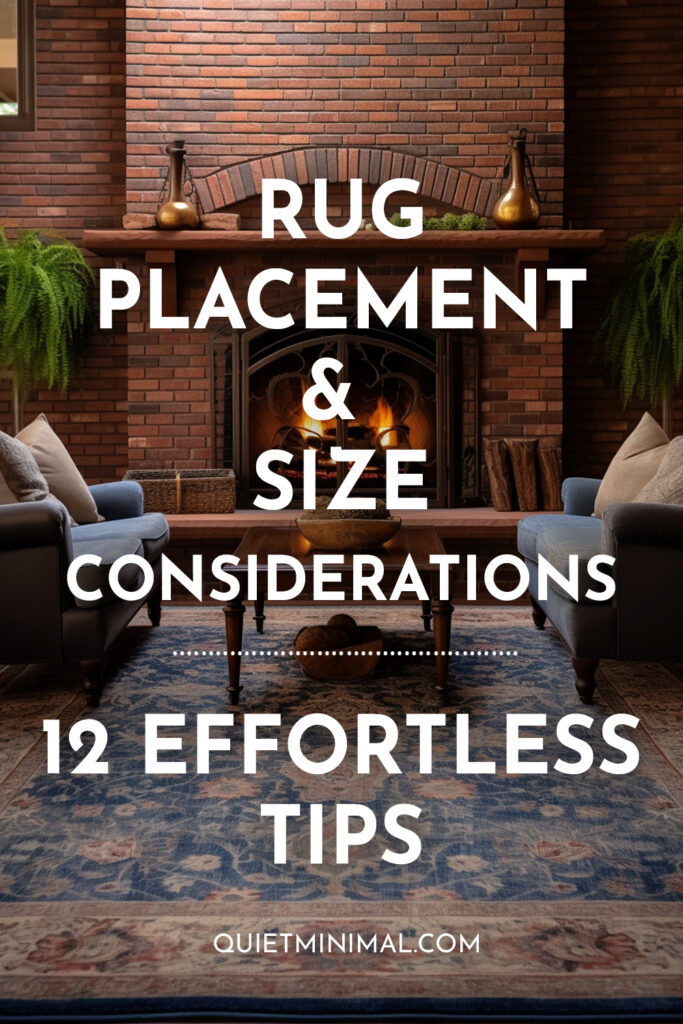
Calculate Dimensions to Anchor All Furnishings
When selecting rug sizes, ensure pieces can fit entire furniture groupings with ample clearance. Measure rooms and anchors like sofas and dining sets to determine proportions, allowing 6” clearance. Oversized rugs appear crammed wall-to-wall. Take spatial calculations before rug shopping to prevent under-sizing failures.
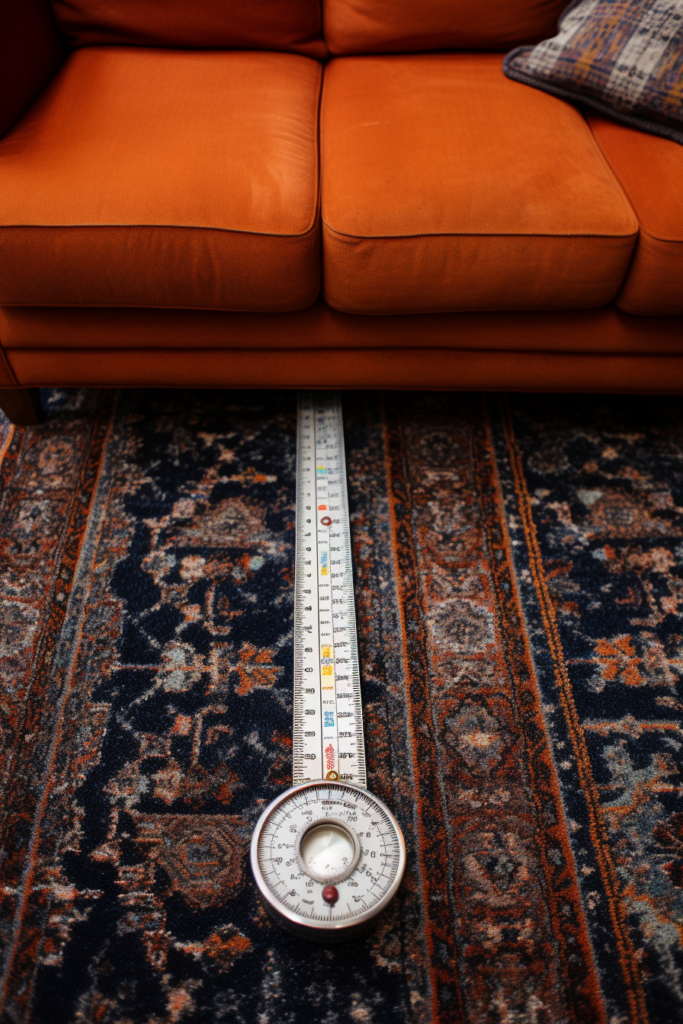
- Measure rooms and foundation furniture
- Size rugs to fully anchor furnishings
- Leave 6” clearance around borders
- Avoid undersized pieces lacking utility
- Precise calculations streamline purchases
Zone Separate Areas with Intentional Placements
In open living-dining plans, use individual rug placements to define activity hubs instead of one rug stretched throughout. Distinguish the cozy lounge from formal dining zones via rug boundaries. Differentiated soft layers also absorb sound reverberations and enhance multi-purpose acoustic utility.
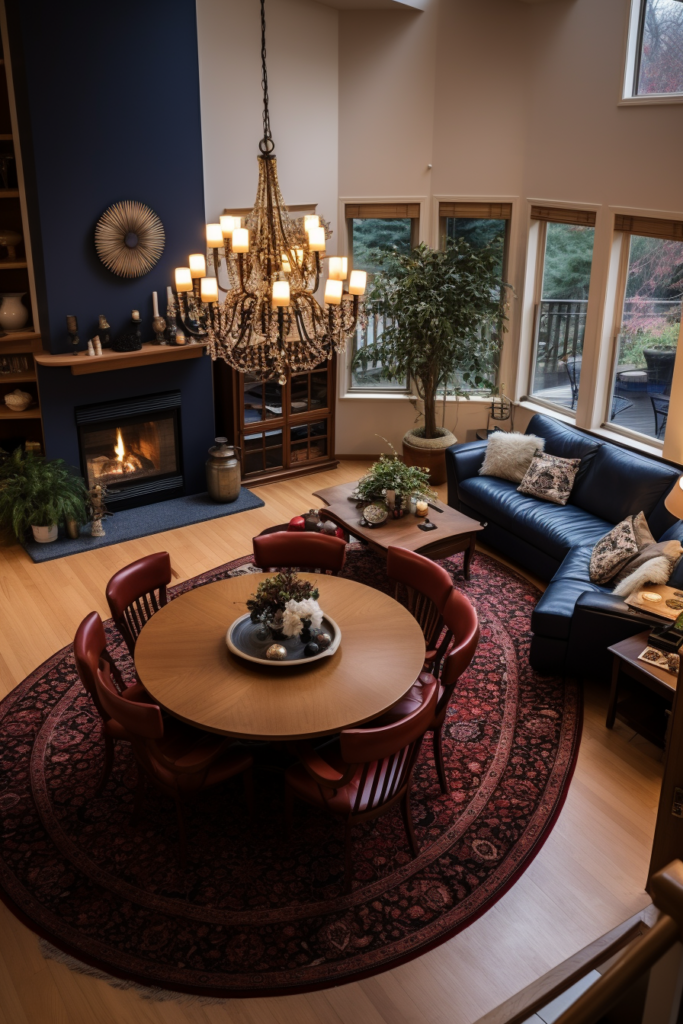
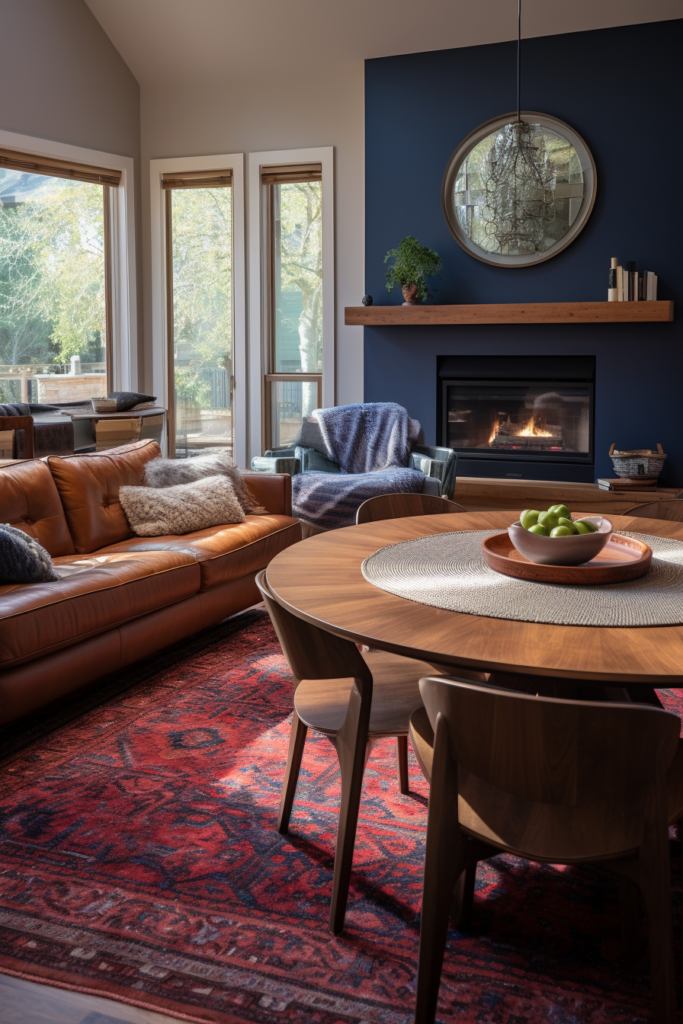
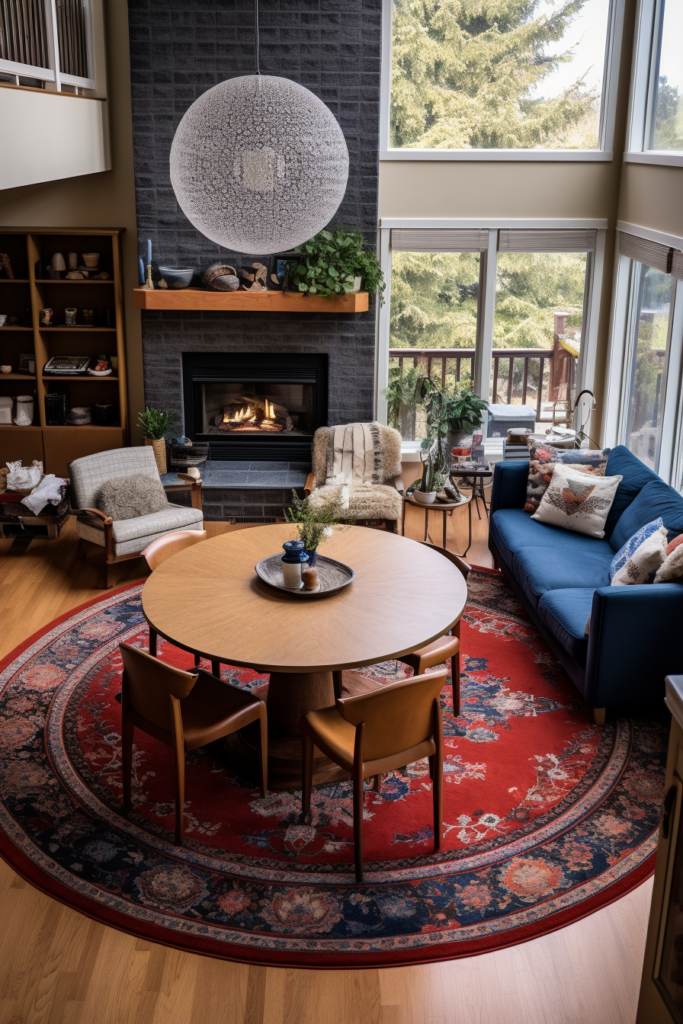
- Refrain from spanning entire spaces
- Place separate rugs under distinct usage zones
- Rug edges visually and acoustically differentiate hubs
- Additional layers absorb echoes
- Intentionality enhances utility
Select Materials Based on Rug Locations
When purchasing multiple rugs, choose materials strategically based on placement. Opt for resilient low-pile synthetics or natural jute/sisal fibers in high-traffic dining zones. Alternately, indulge in sumptuous wool where families lounge. Fiber directly impacts durability and care, making strategic selections important.
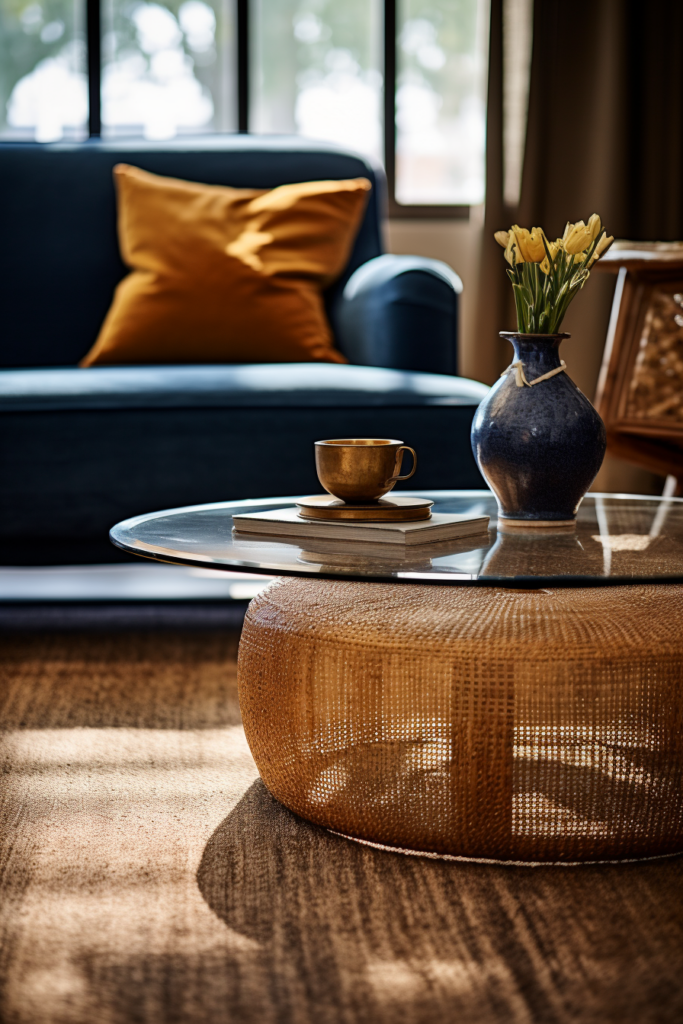
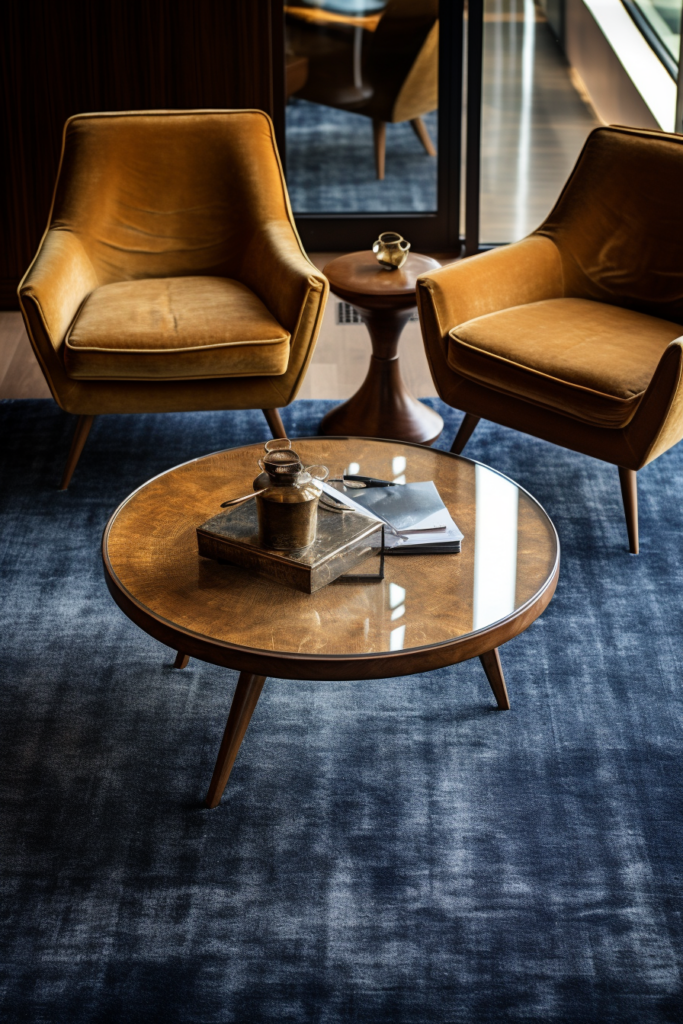
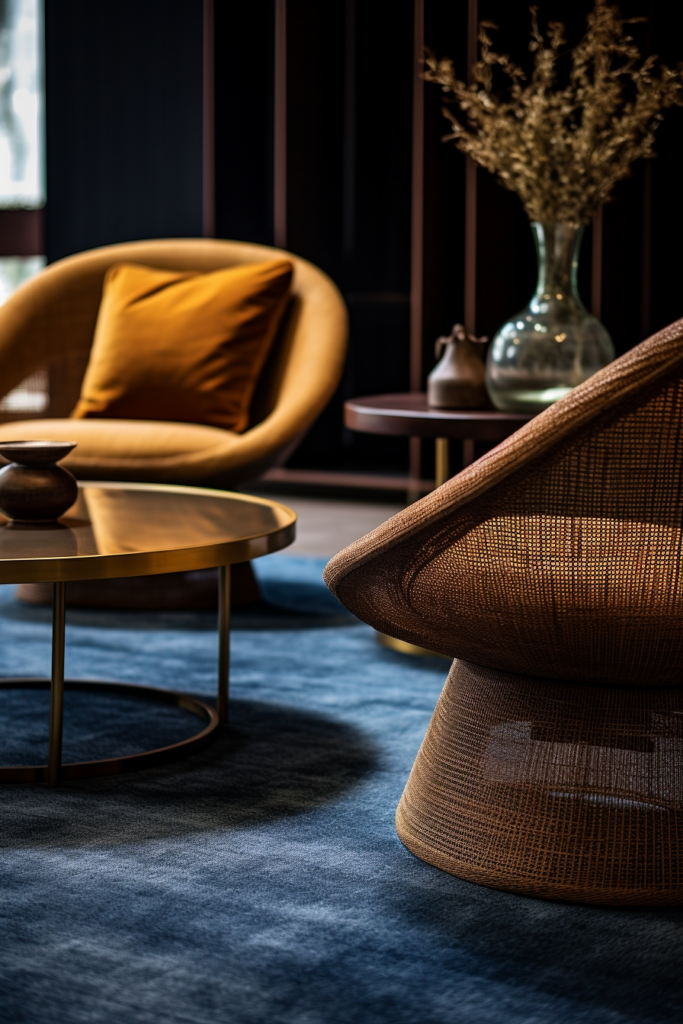
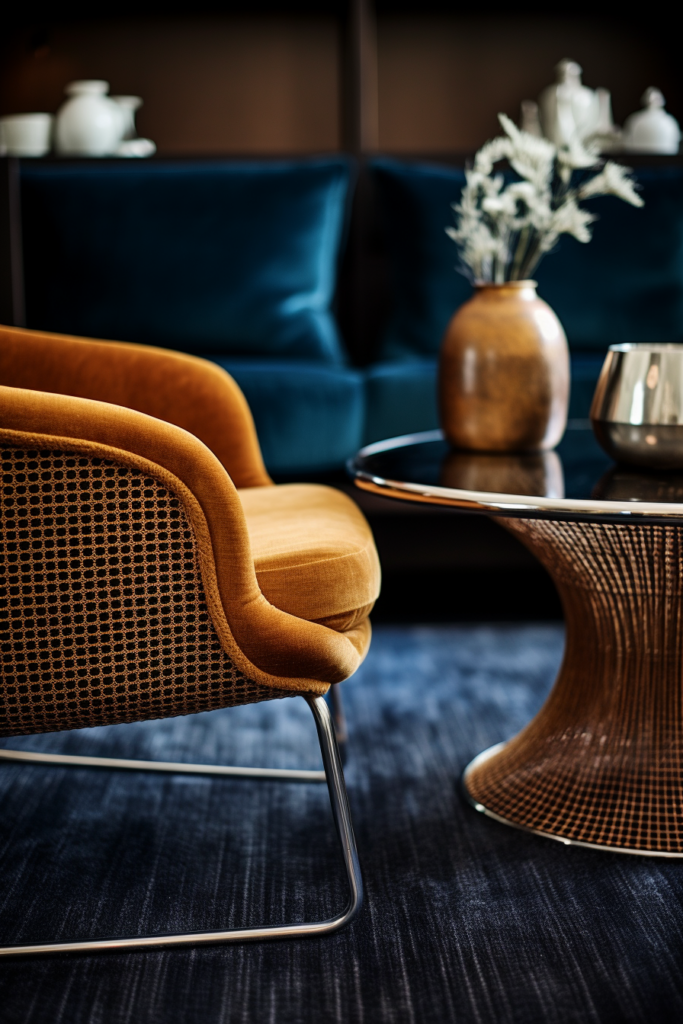
- Synthetics and sisal suitable for heavy usage
- Wool and silk are better for minimal traffic
- Tailor fiber to specific area utility
- Materially impacts durability and care
- Strategy optimizes longevity
Anchor Rugs With Surrounding Furnishings
Anchor rug positioning with surrounding furnishings to prevent shifting and bunching. Ensure dining rug dimensions fit the table and chairs, even with chairs pulled out. Center living room rugs under seating groups rather than cramming along edges. Weighty furnishing foundations increase layout stability.
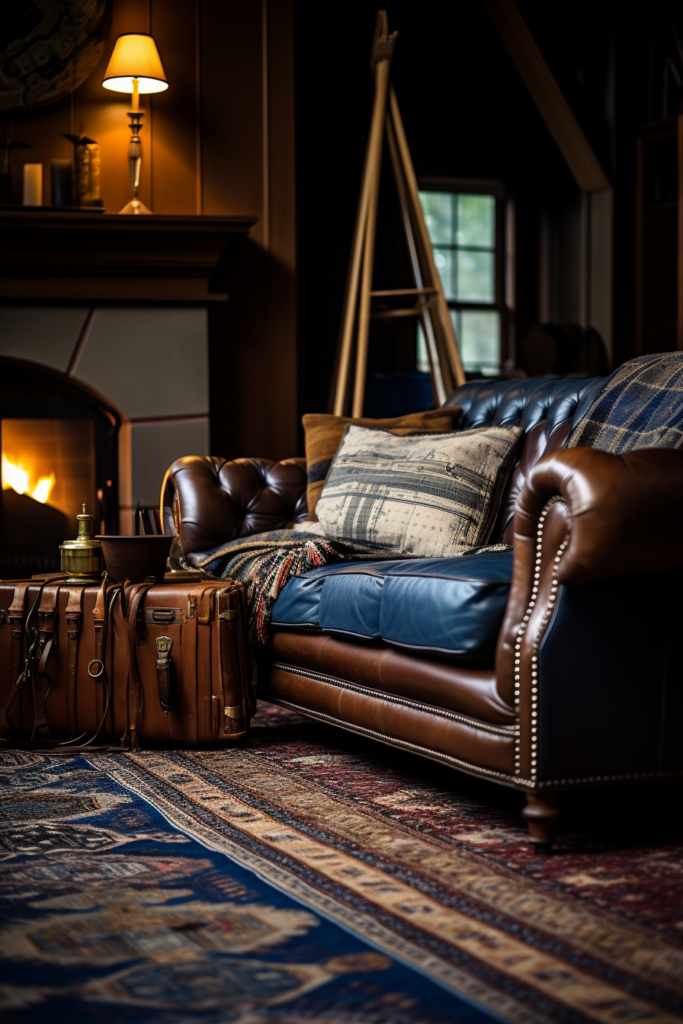
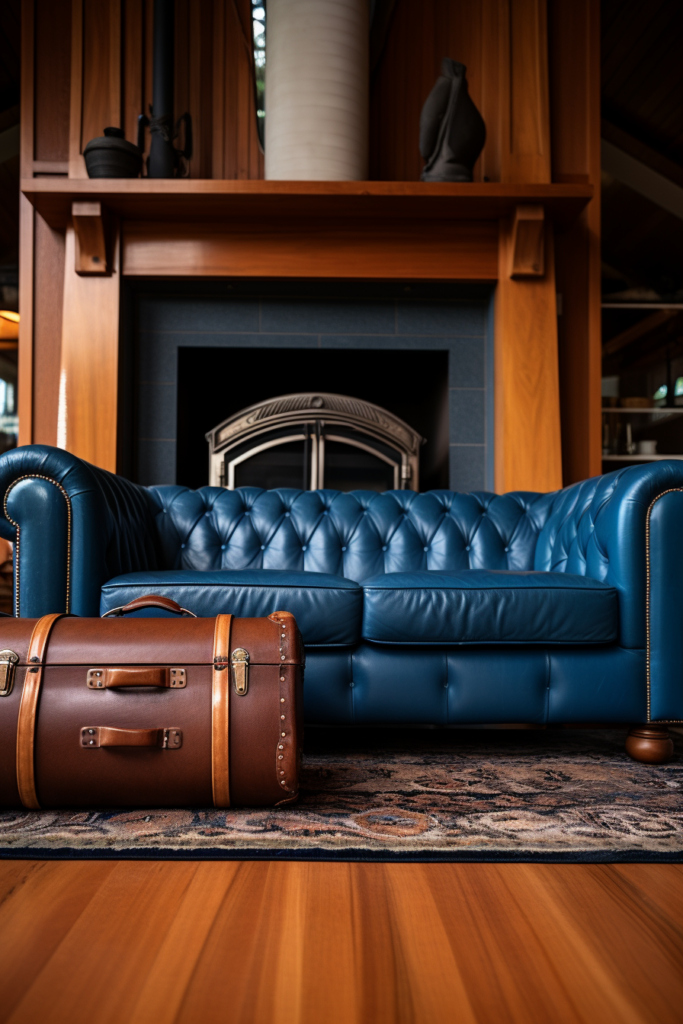
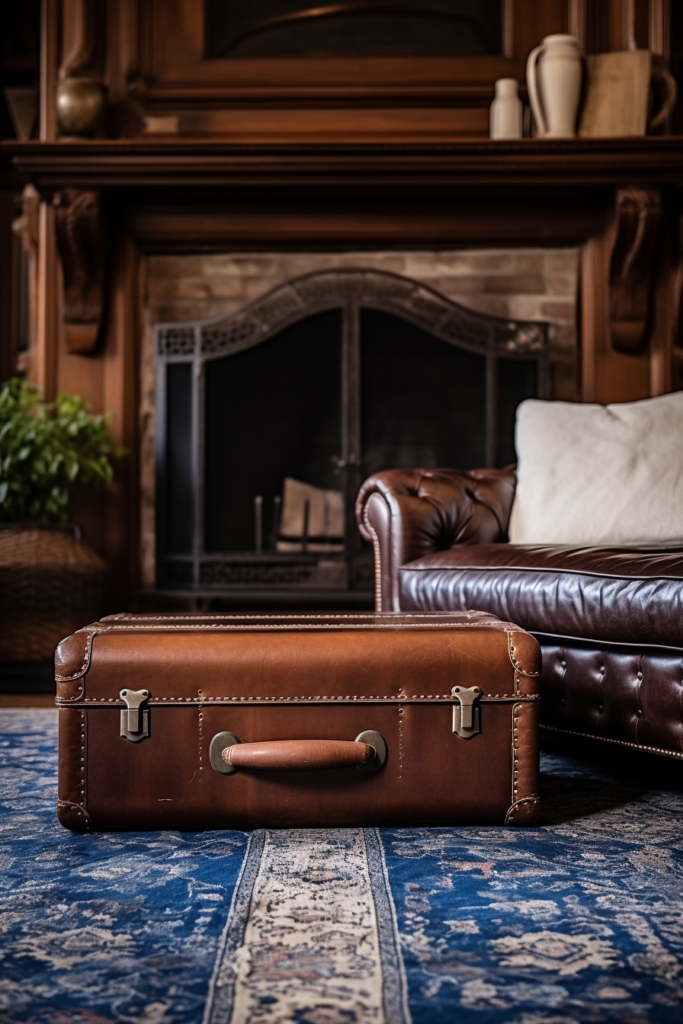
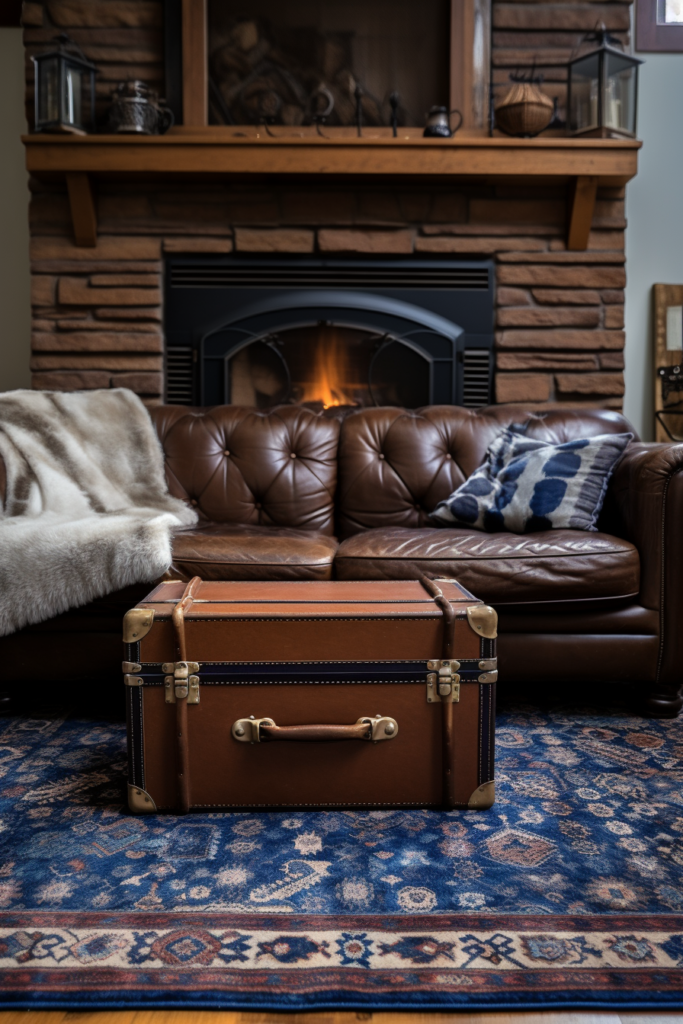
- Strategic furniture placement prevents slippage
- Size dining rugs to chairs when pulled from the table
- Center living room rugs under furnishings
- Avoid cramming rug edges against furniture
- Heavier pieces lend stability
Maintain Clear Pathways Between Zones
When defining separate zones, ensure rug placements don’t obstruct primary pathways, jeopardizing safety. Analyze natural traffic flows and allow ample perimeter clearance for unhindered crossover circulation. Obstructing key junctures risks accidents and high-impact deterioration.
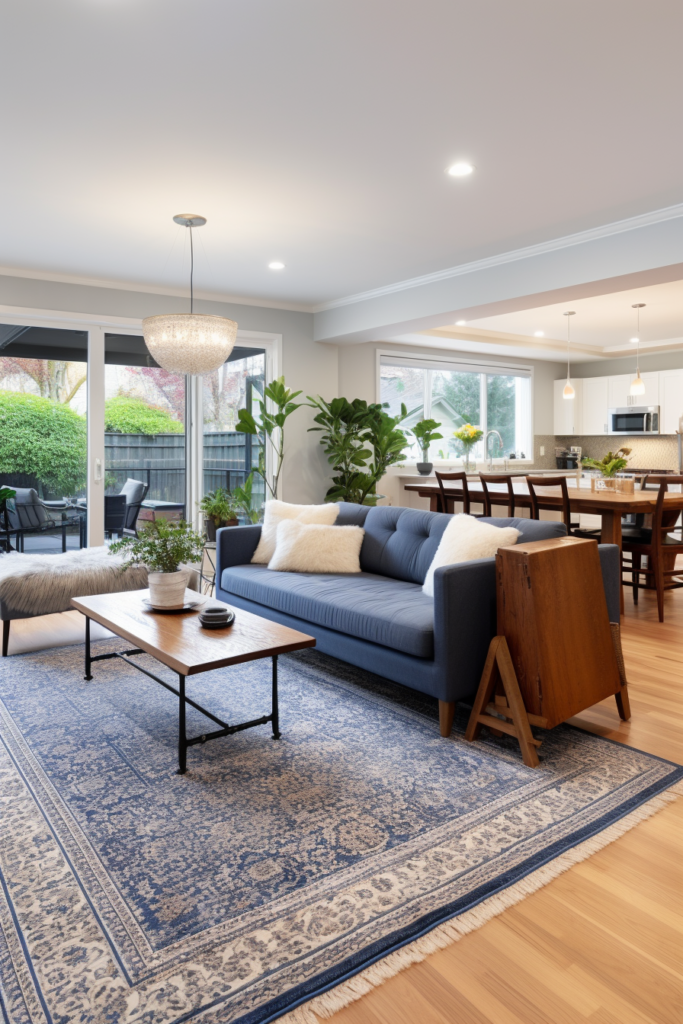
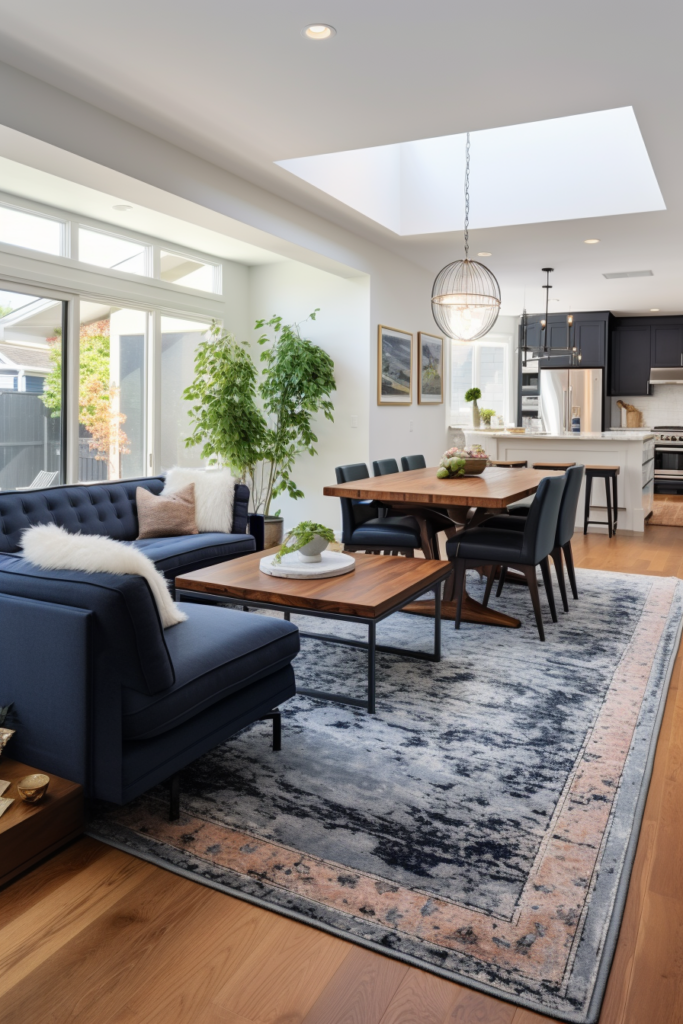
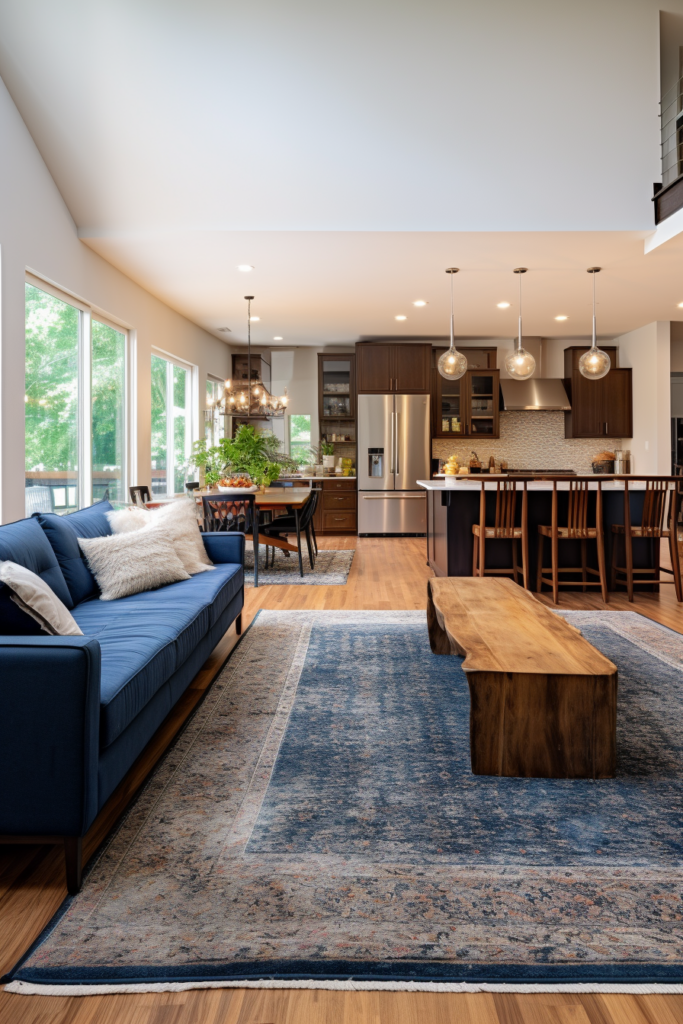
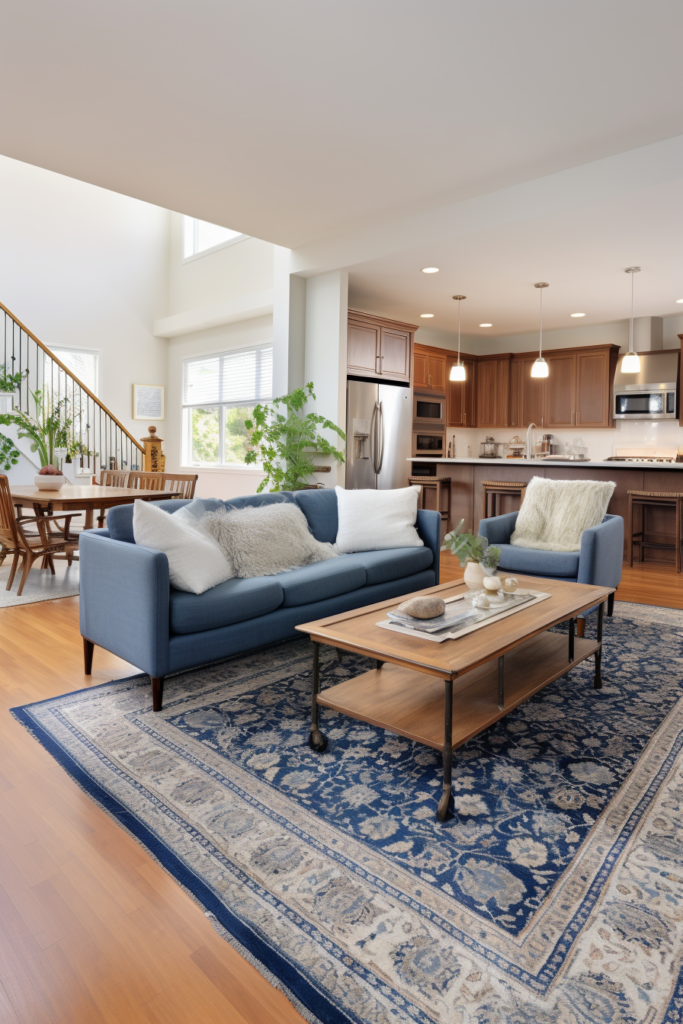
- Examine movement patterns in open spaces
- Prevent rug placements from hindering pathways
- Maintain ample clearance for traffic flows
- Eliminate safety hazards from blocked access
- Clear transitions minimize premature wear
Define Living Room Spaces Properly
When using rugs to define living areas, size them to fully accommodate entire seating groups with proportionate clearance. Layer living room rugs atop the carpet strategically, avoiding high-pile susceptible to flattening. Low-pile broadloom and Berber instead provide durable anchoring foundations.
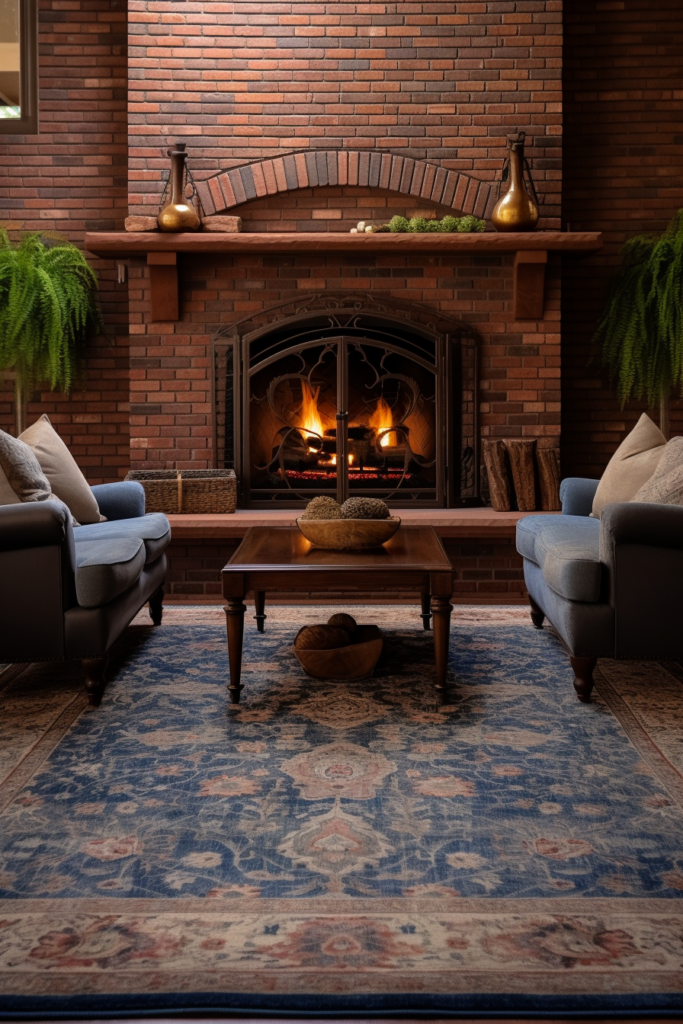
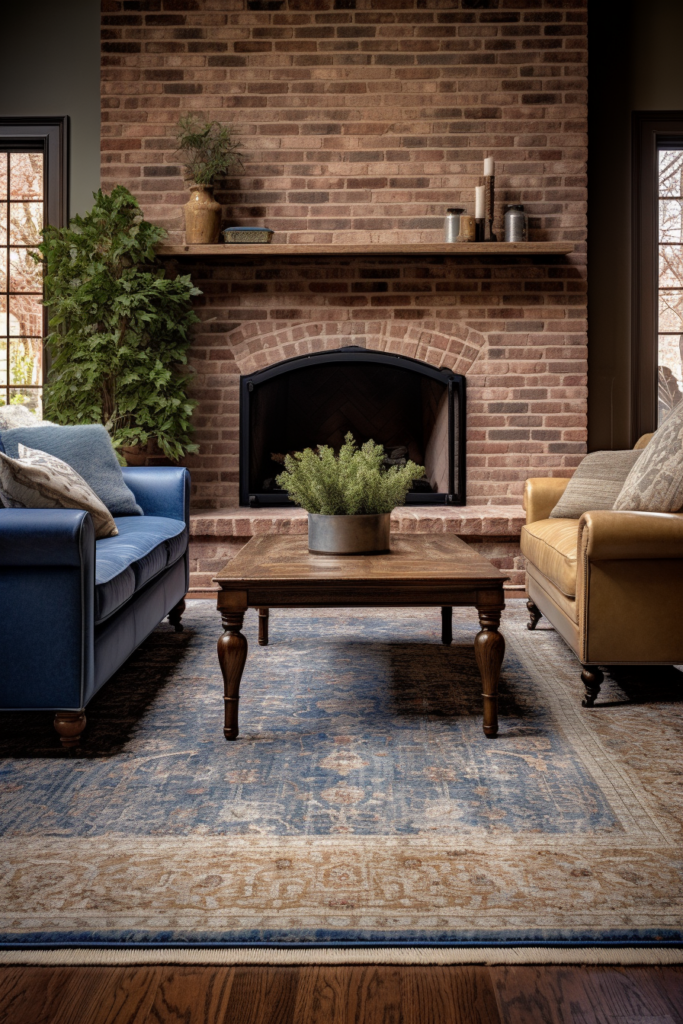
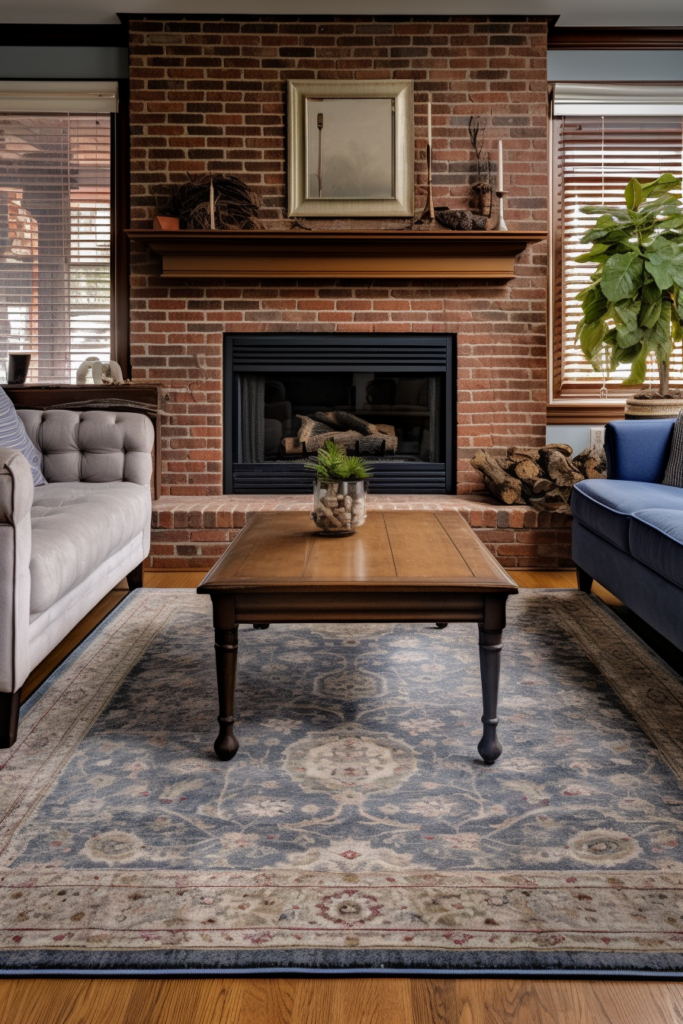
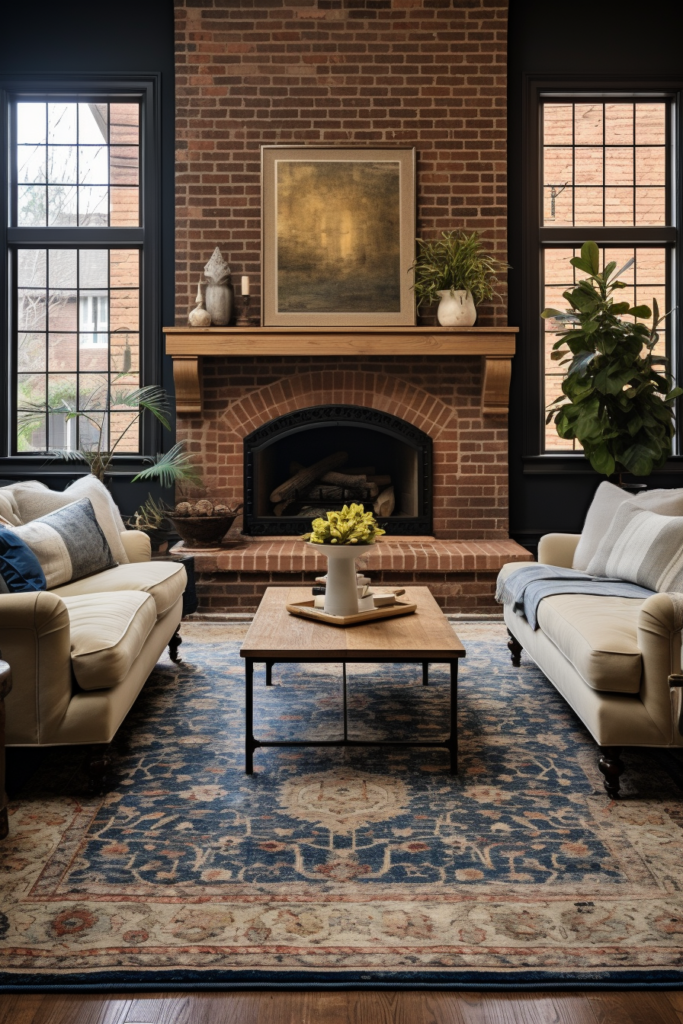
- Size living room rugs to all furnishings
- Ensure adequate proportions with buffer borders
- Strategically layer rugs over low-pile carpets
- Avoid high-pile carpeting flattened under rugs
- Berber and broadloom offer stability
Determine the Ideal Dining Area Rug Fit
Finalize dining rug dimensions after finalizing table and chairs to tailor fit. Include ample allowance for chair clearance even when pulled from tables without slipping off rugs. There are a bunch of smaller accent rugs underneath tables rather than fully carpeting dining pads. Consider wipeable natural jute fibers or stain-resistant synthetics.
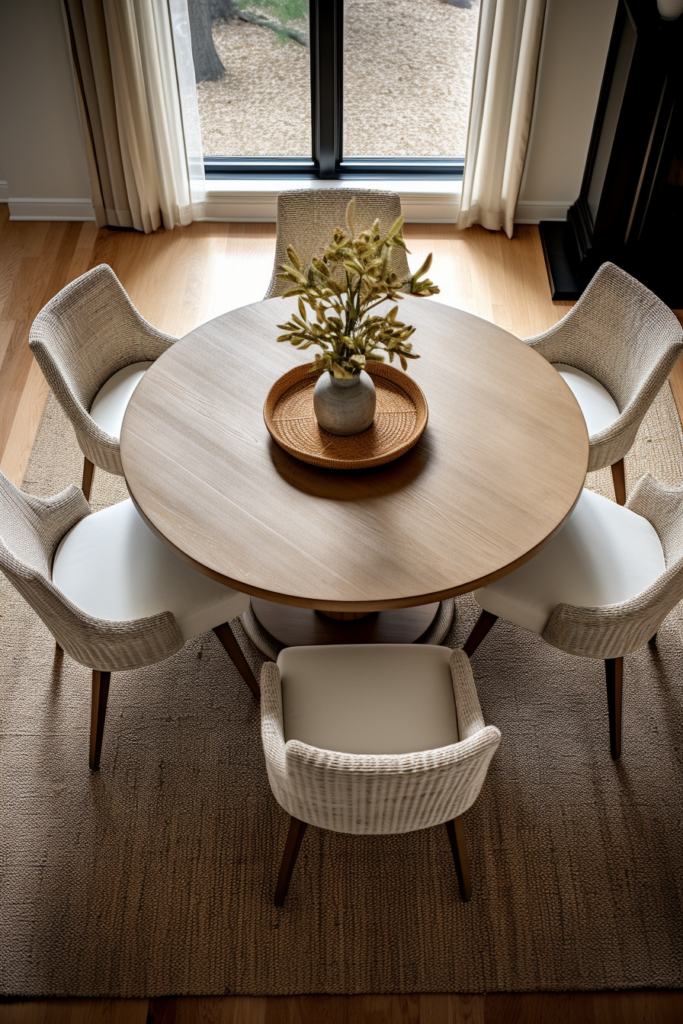
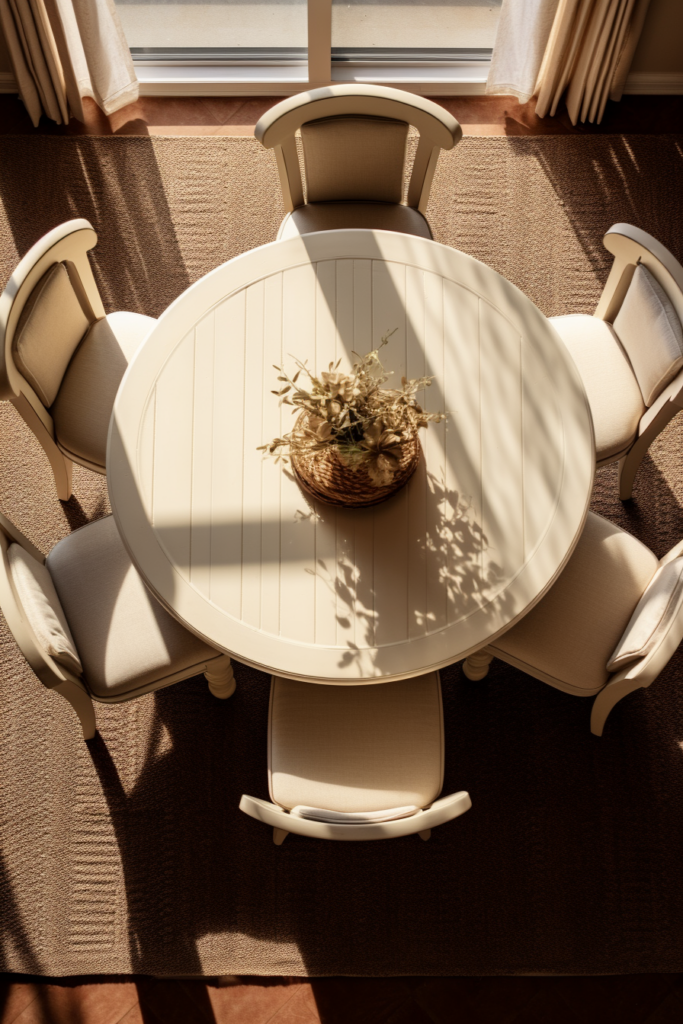
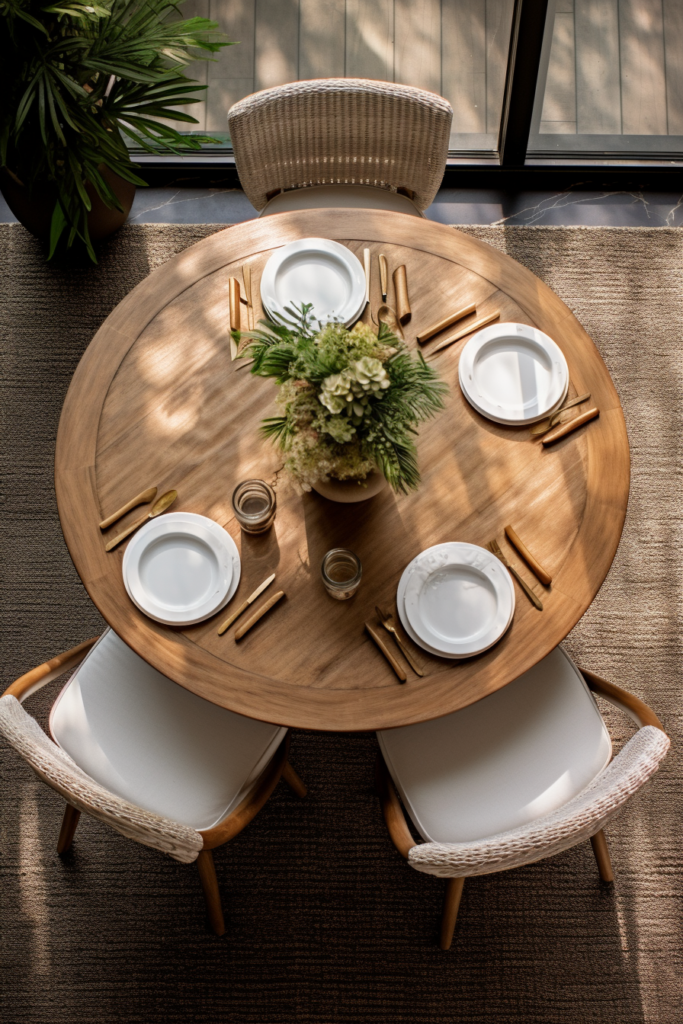
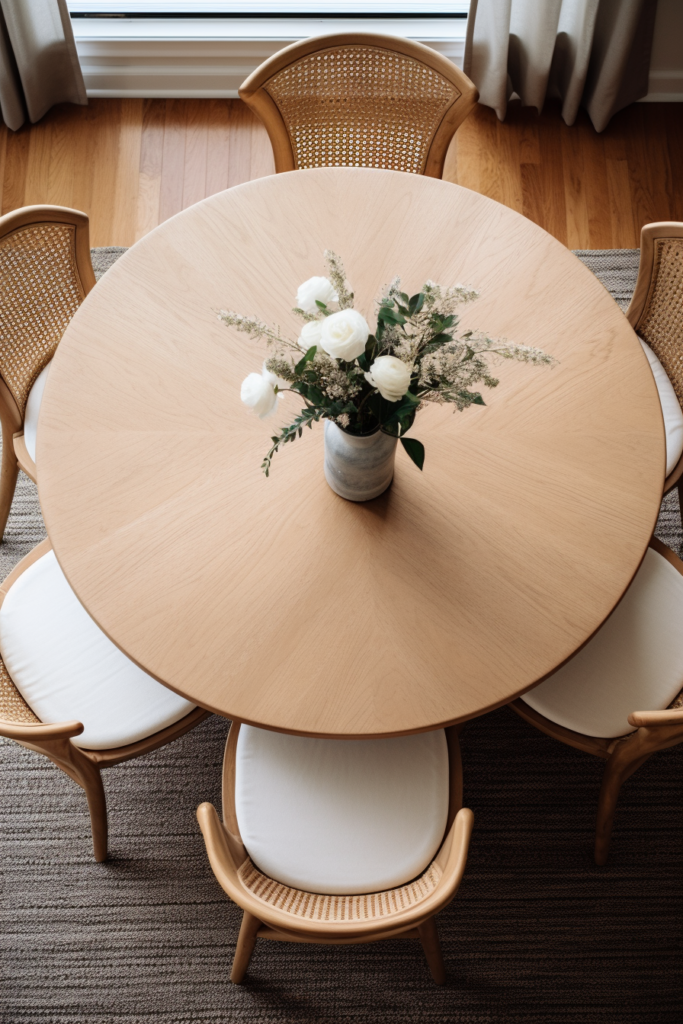
- Size dining rugs specifically for furnishings
- Ensure pulled-out chairs stay atop a rug
- Use smaller layered rugs under tables
- Avoid over-carpeting entire dining pads
- Choose resilient jute or synthetic blends
Choose Transitional Zone Rugs Thoughtfully
Define borders between standalone living and dining zones using transitional rugs. Elongated runners physically join and separate spaces simultaneously. Harmonize adjoining area aesthetics through gradational color shifts or mixed patterns. Broadcast functional purpose while maintaining visual coherence.
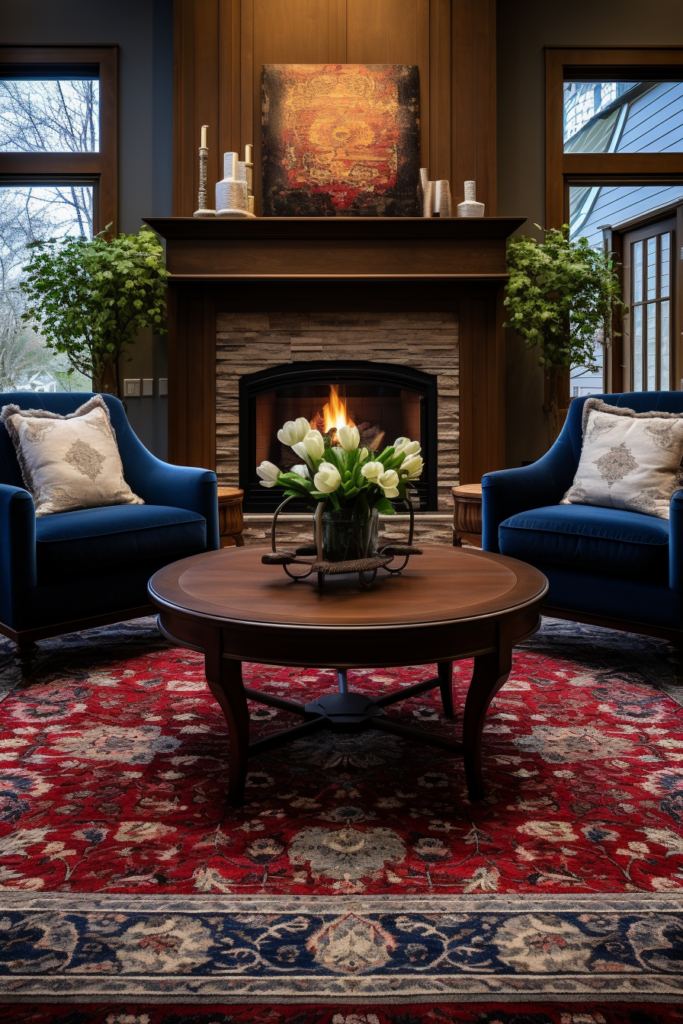
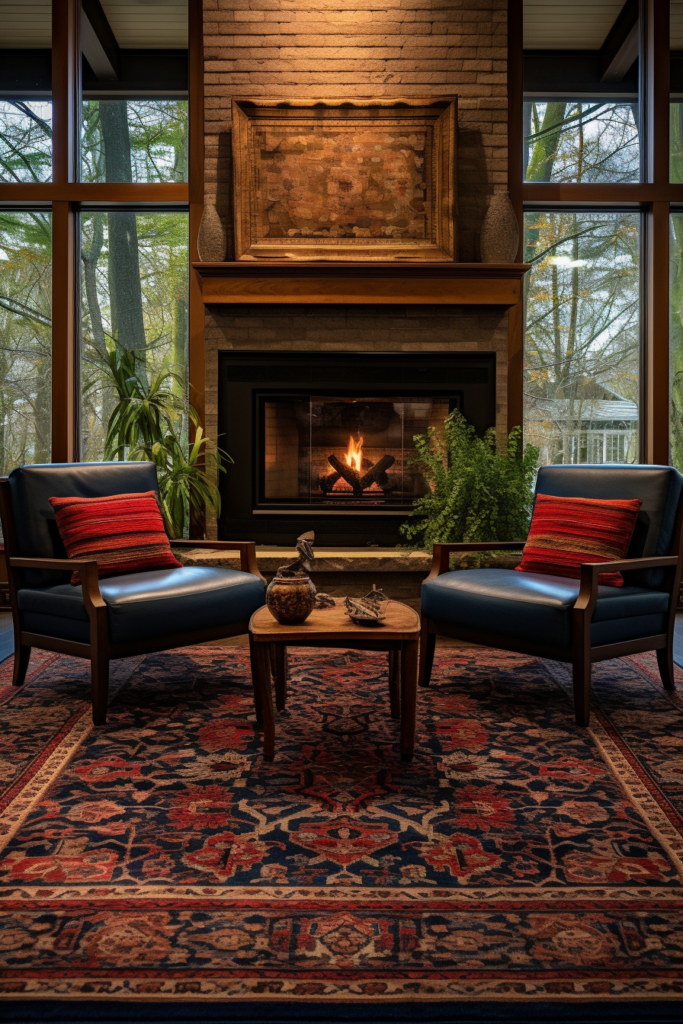
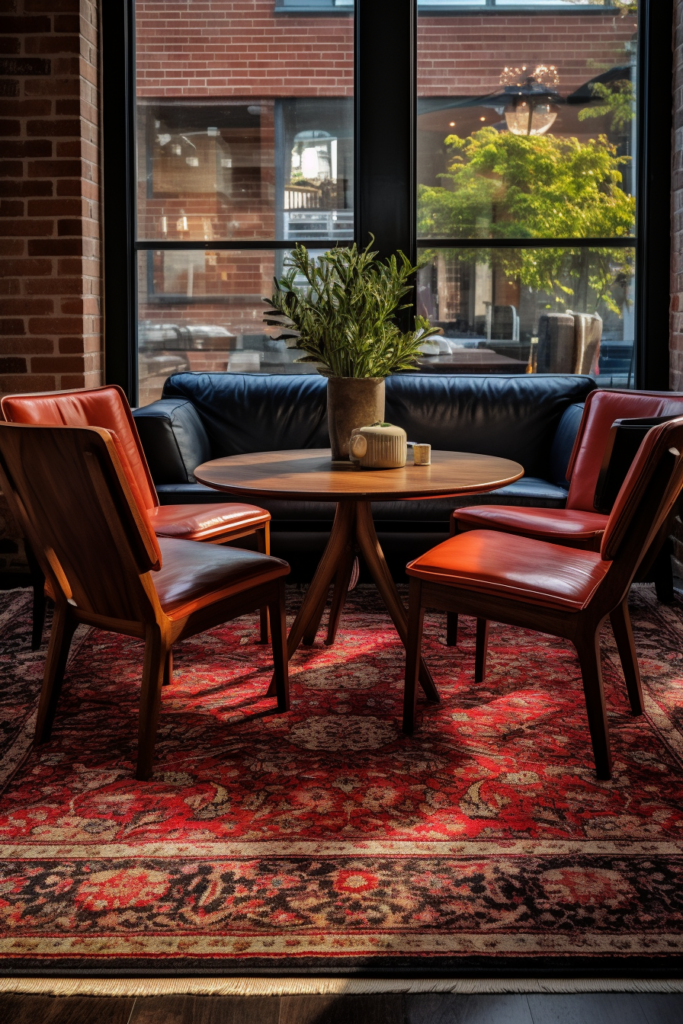
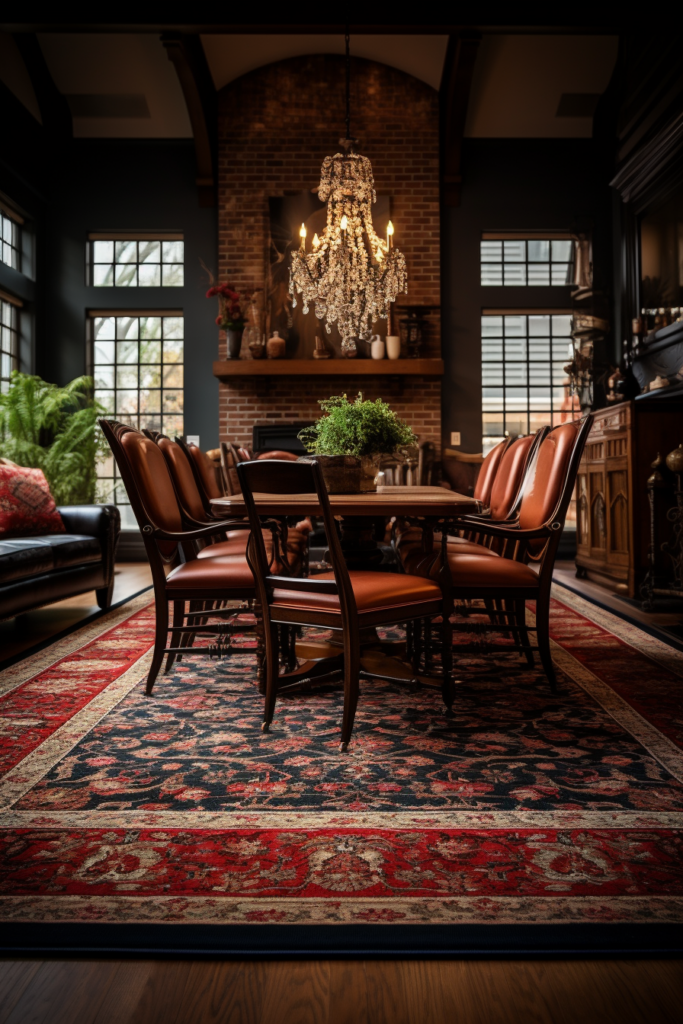
- Use transitional rugs to bridge standalone zones
- Elongated runners join and separate rooms
- Gradational colors/patterns harmonize décor
- Maintain aesthetic coherence between areas
- Broadcast intended utility through smart joins
Consider Repurposing Heirloom Pieces
When repurposing heirloom area rugs in new homes, prioritize ideal positioning over surroundings. Choose adjustable furnishing sizes, styles, and positions to complement cherished rug proportions rather than vice-versa. Build cohesive aesthetics around foundational rug layers anchored properly.
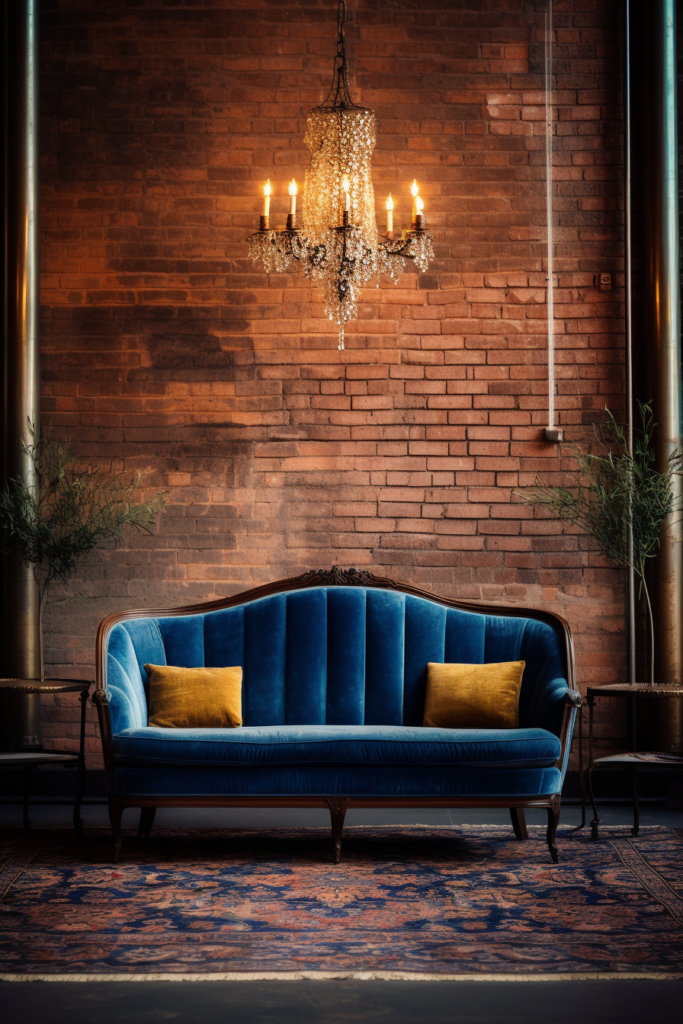
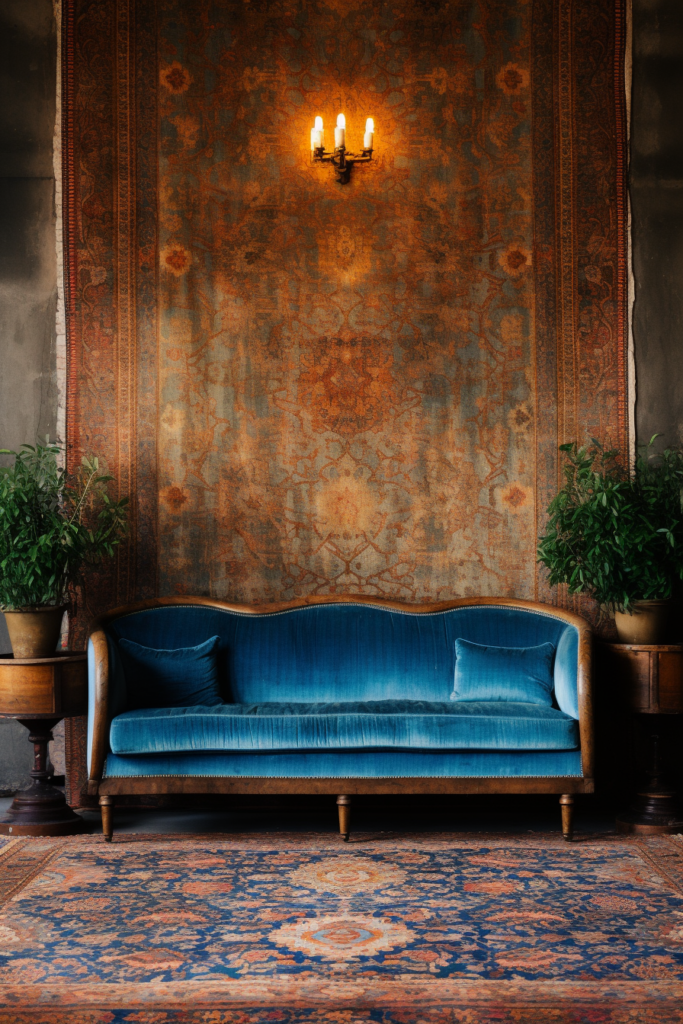
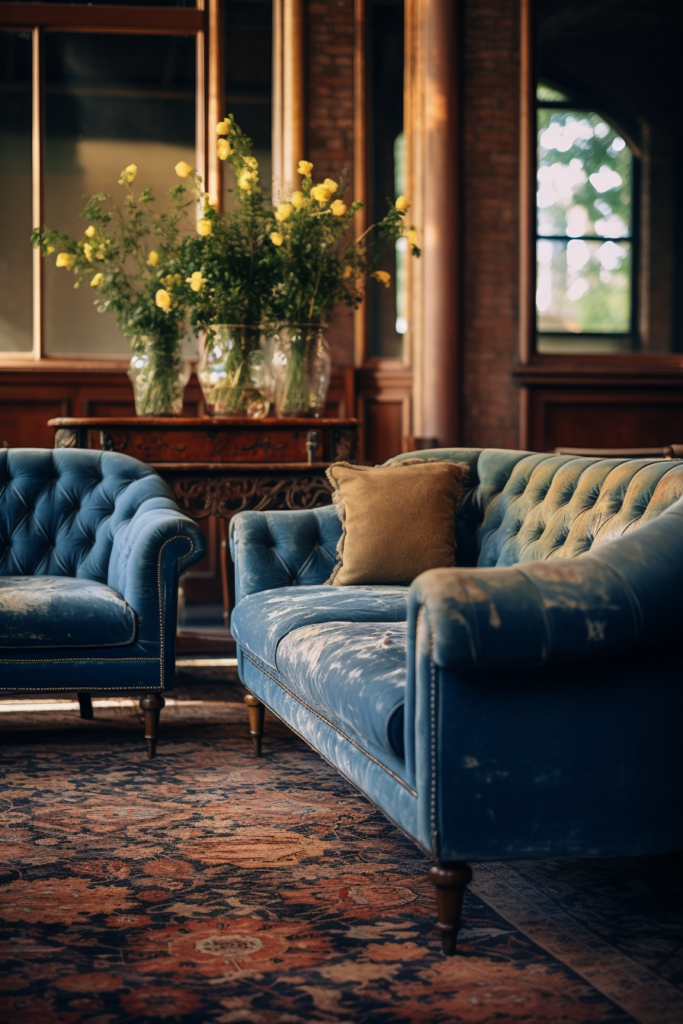
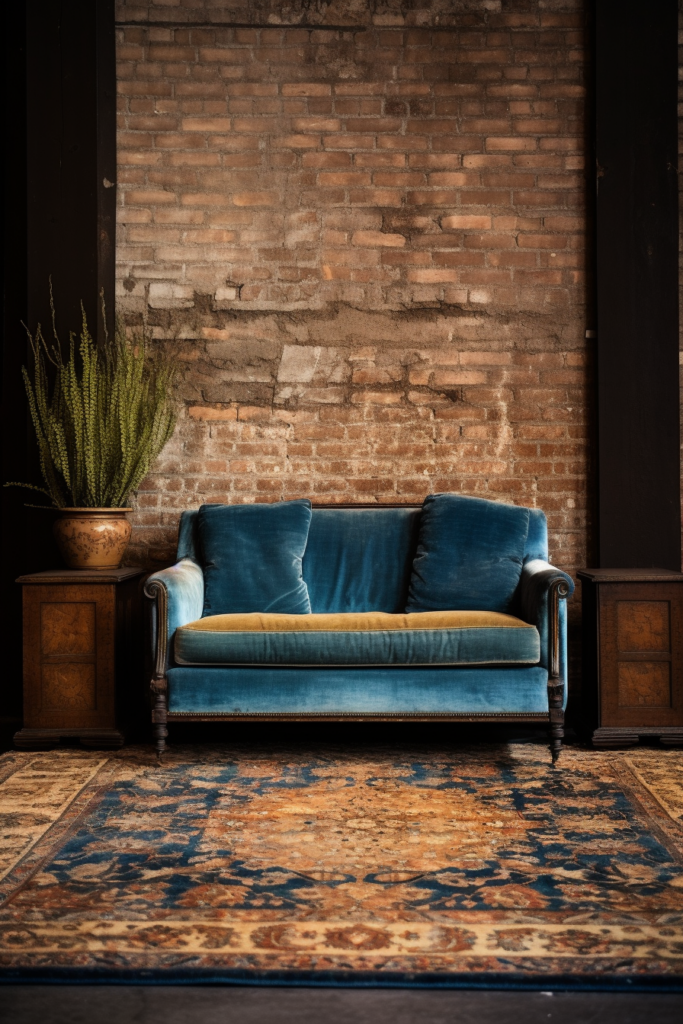
- Prioritize heirloom rug positioning needs first
- Select adjustable furnishings accordingly
- Complement rug elements with surroundings
- Avoid compromising special pieces
- Anchor thoughtfully before finalizing décor
Complement With Decor Choices
Once optimum rug placements and scales establish functional space divisions, complete the look with complementing decorative details. Match furnishing finishes, accent colors, and wall art hues to area rug palette features throughout the open-concept interior. Echo patterns with pillows and throws. Unify through repetition.
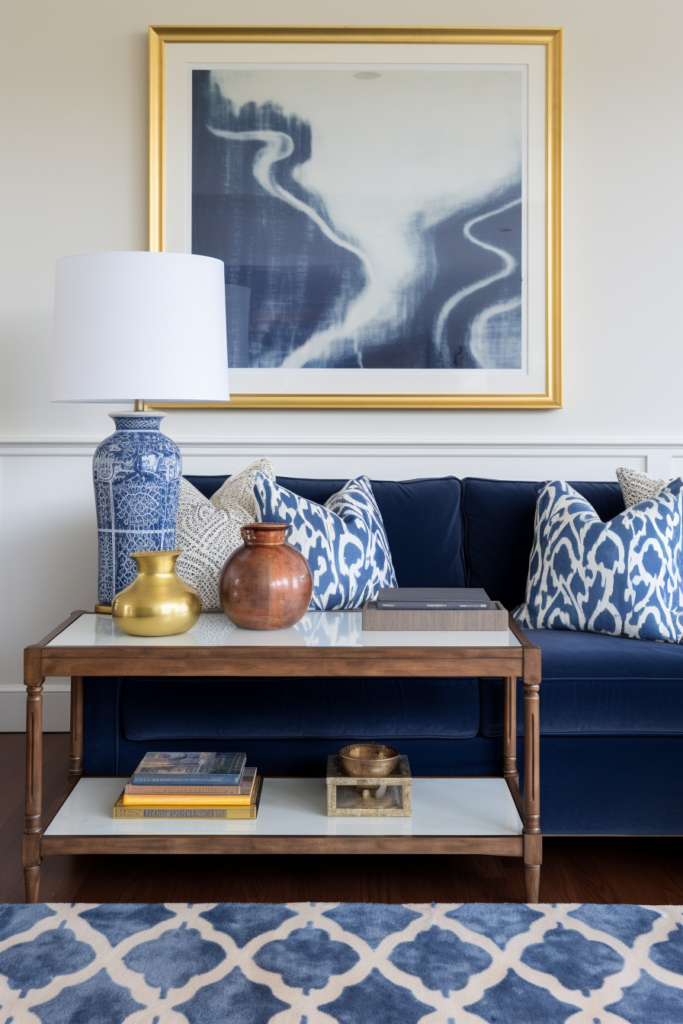
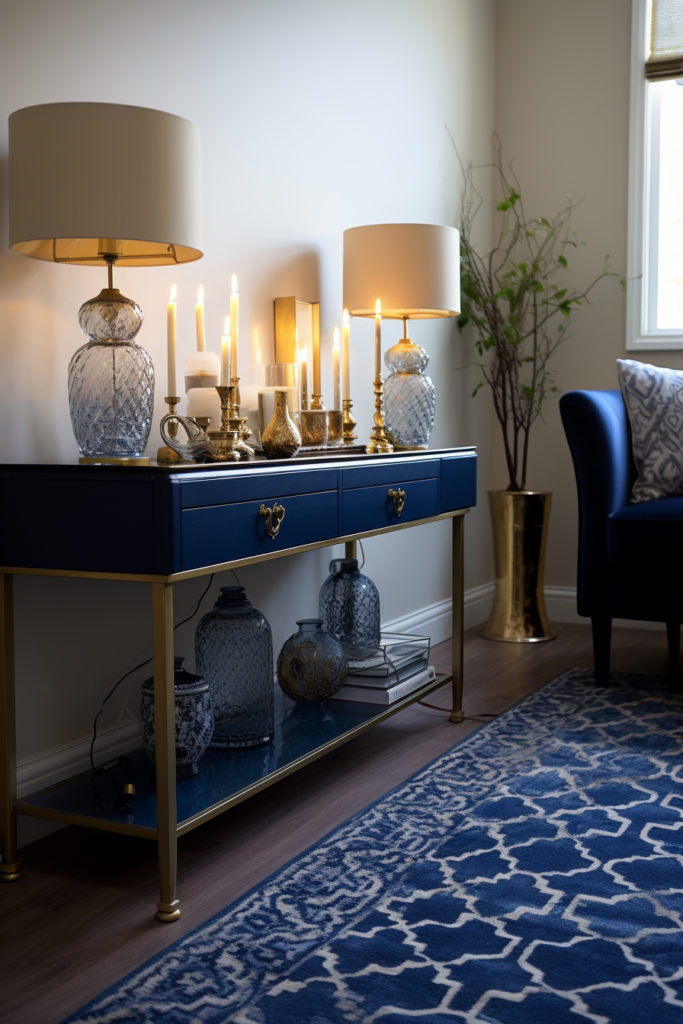
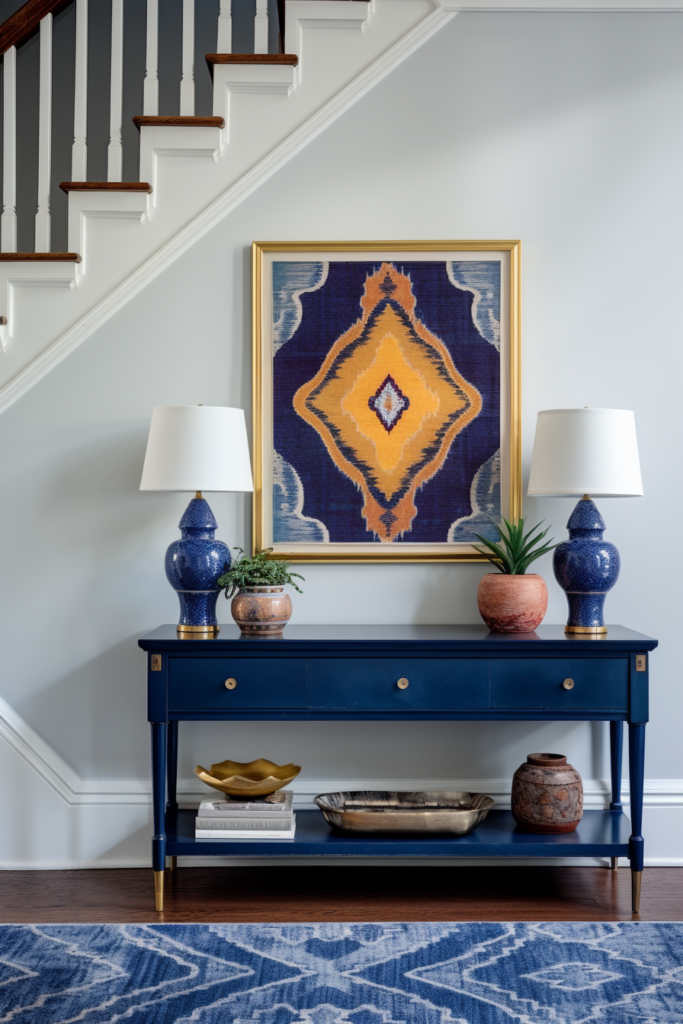
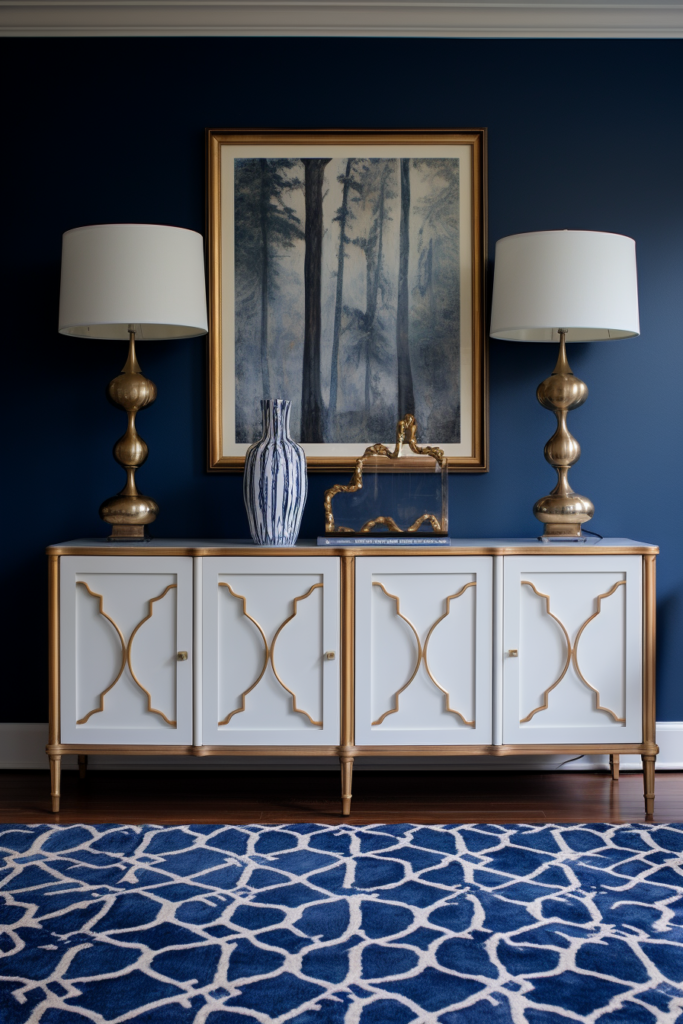
- Choose furnishings complementing rug hues
- Match accent colors/wall art to palettes
- Echo patterns onto pillows/throws
- Foster visual coherence via repetition
- Complete defined spaces through unity
Plan for Easy Maintenance Accessibility
When defining dining, lounge, and transitional spaces with area rugs, ensure pieces remain easily accessible for routine maintenance. Create unobstructed peripheral clearance paths, allowing rug rotation, removal, and cleaning access without needing to shift anchoring furnishings. Movability preserves longevity through convenient care.
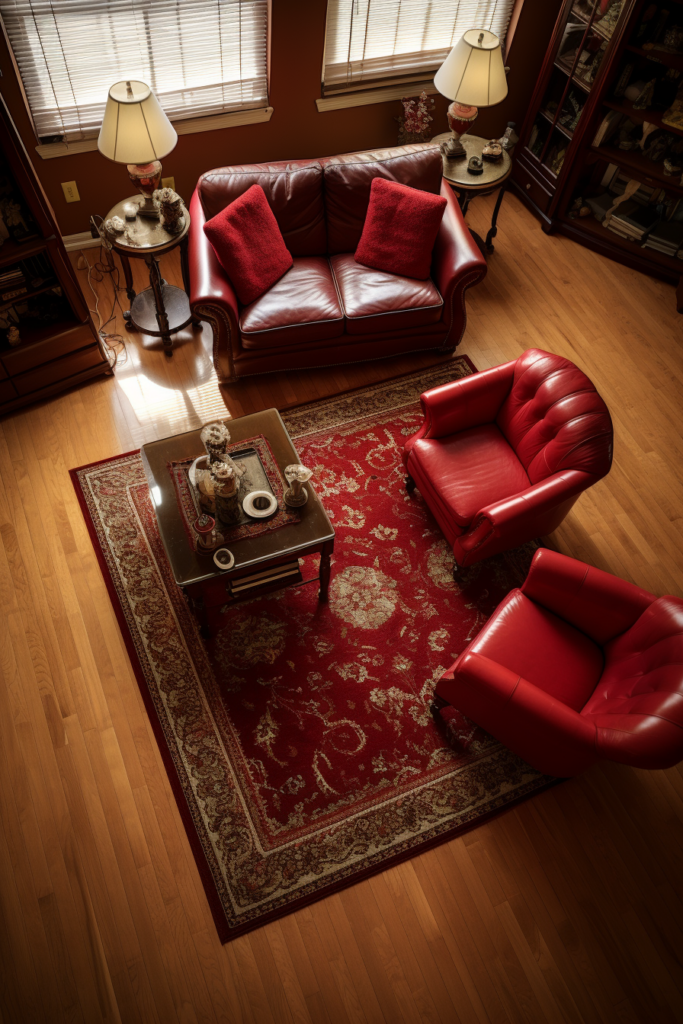
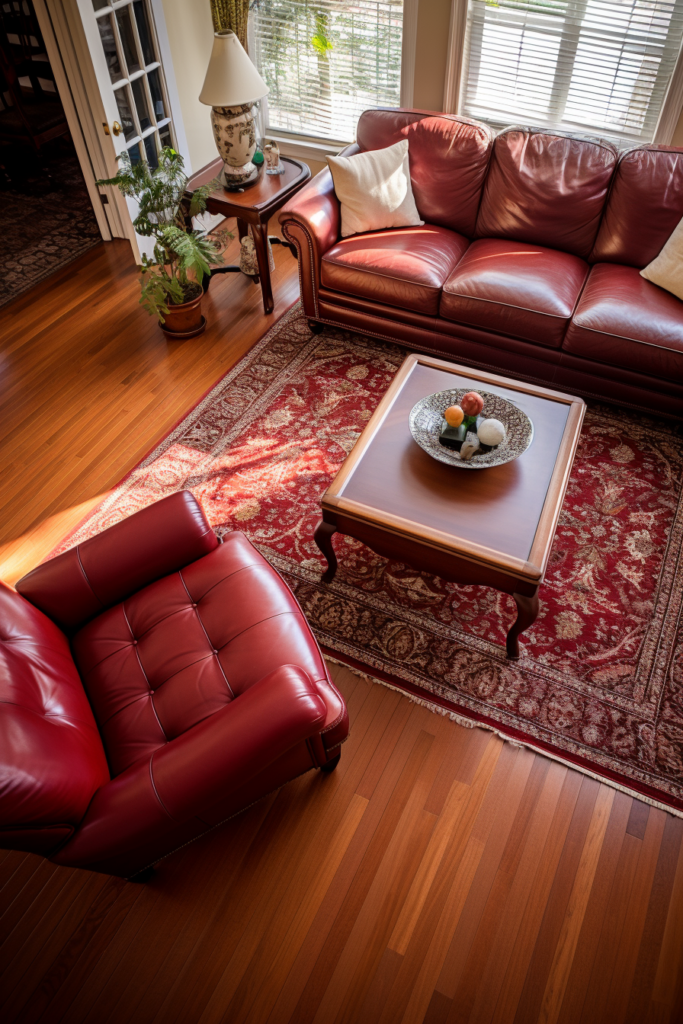
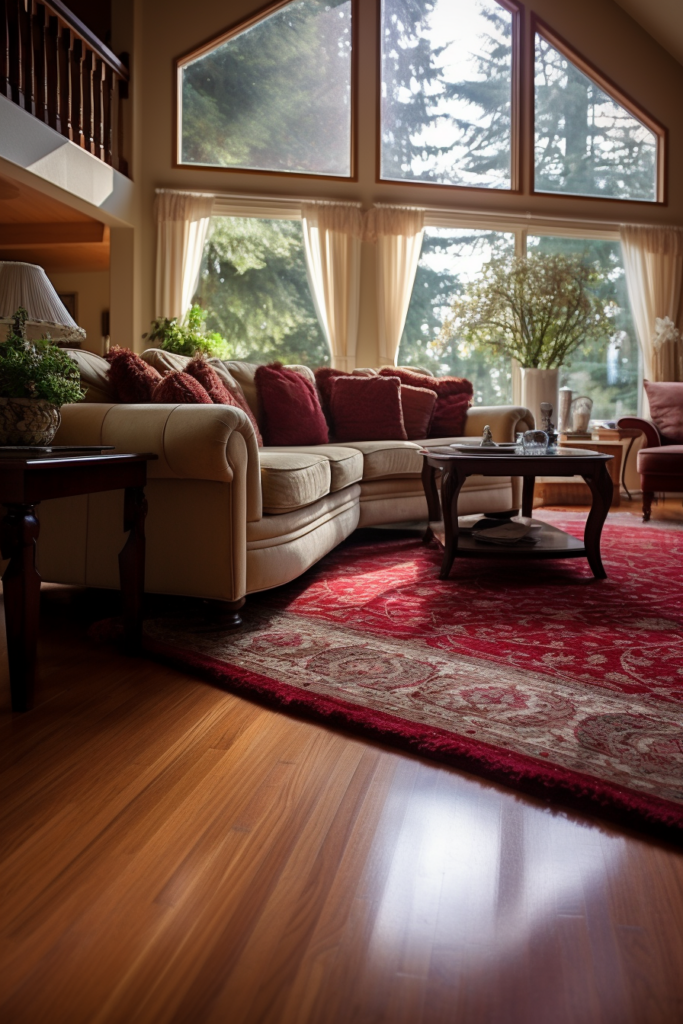
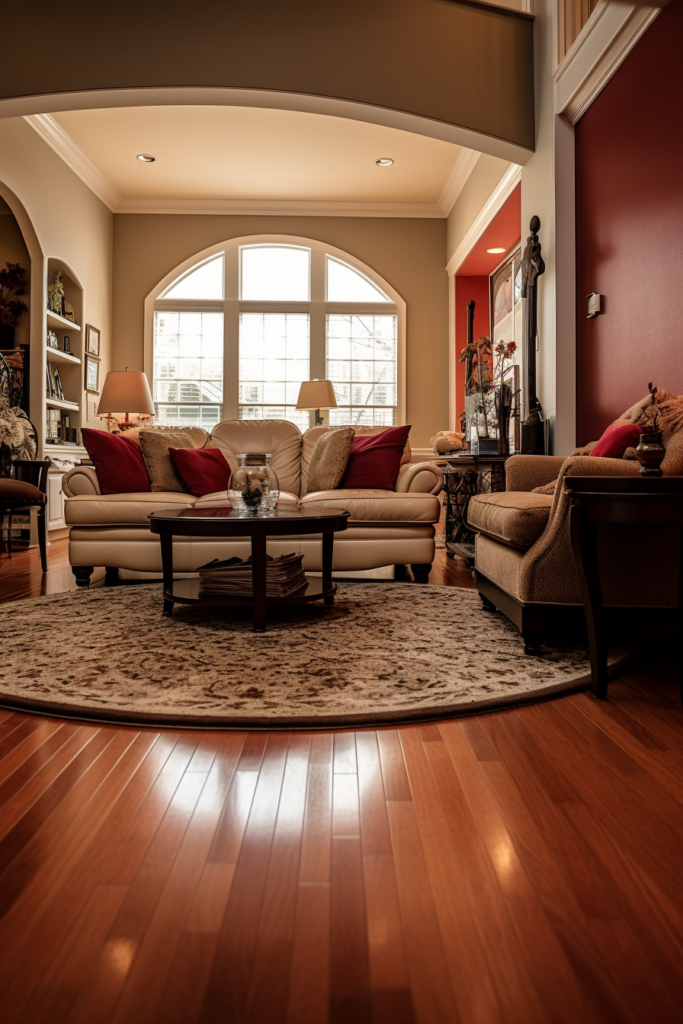
- Maintain ample rug clearance zones
- Create accessibility paths around perimeters
- Enable easy unobstructed and removal
- Rotate periodically to distribute wear patterns
- Moveable design eases cleaning and care
Embrace Iterative Updates Over Time
As family needs and interior aesthetics inevitably evolve, proactively embrace rug replacements, introductions, or layout modifications to adapt spaces optimally. With updated needs or personal styles, reorder area rug layers, dimensions, and styles to keep open plans functioning at prime potential.
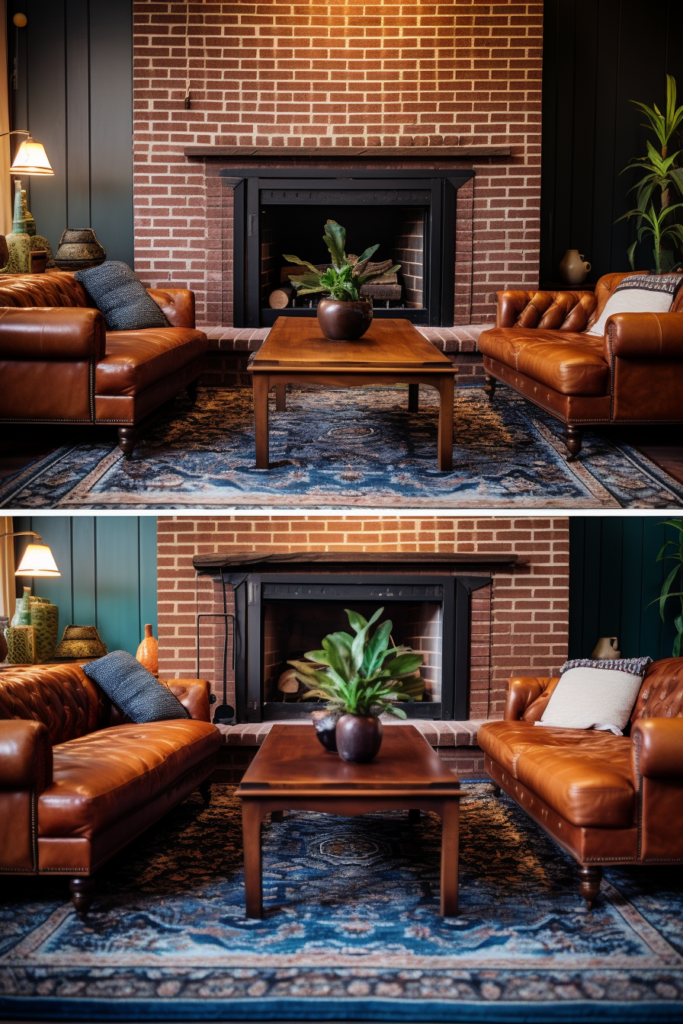
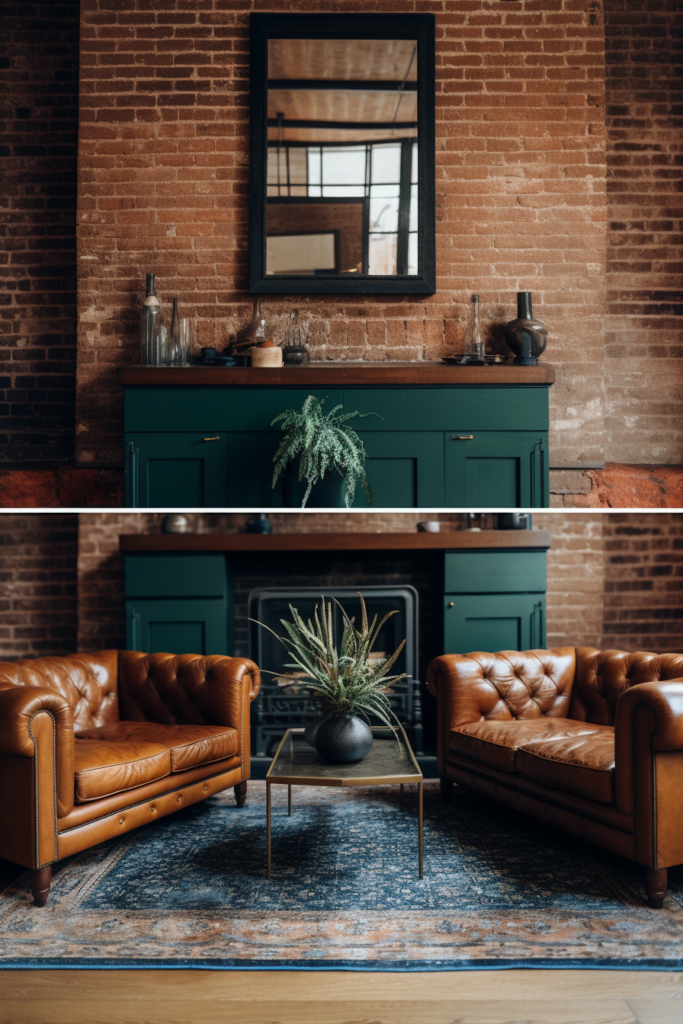
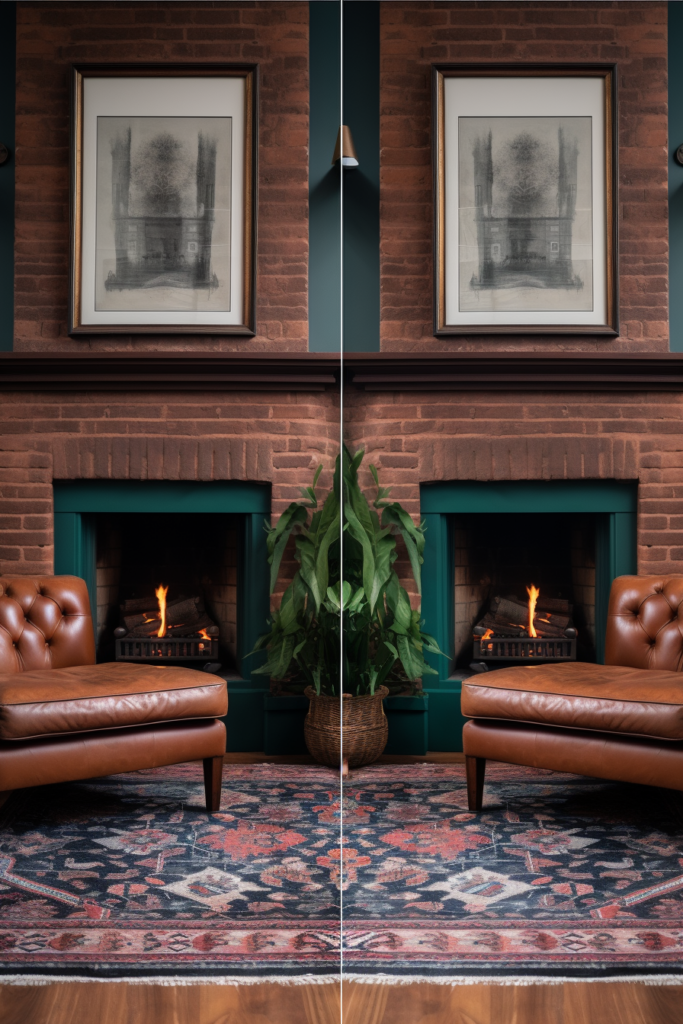
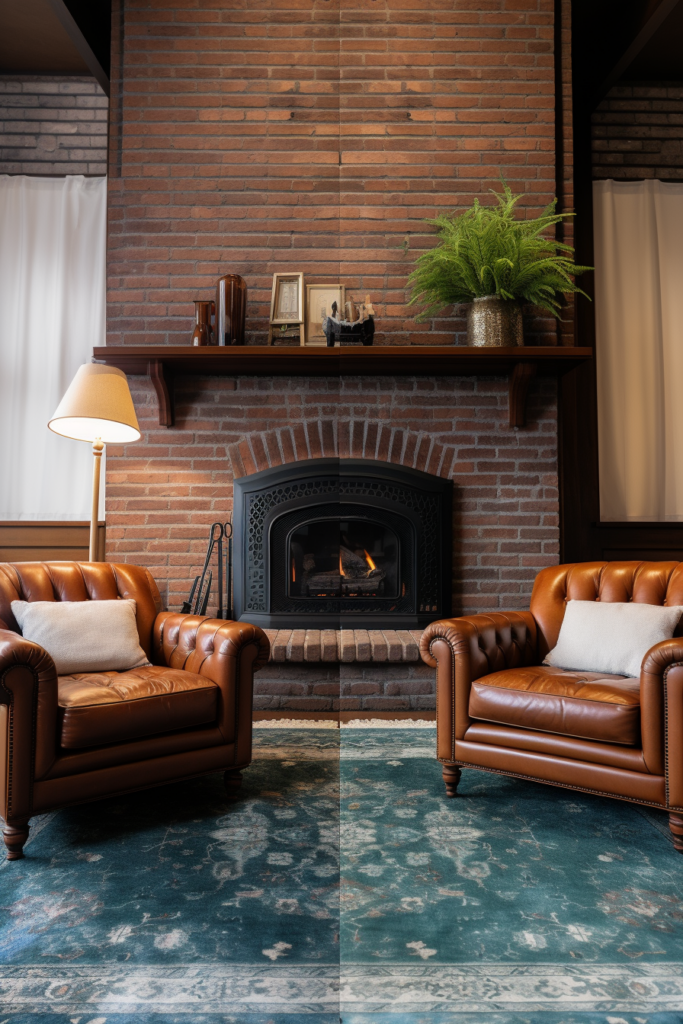
- Adopt a proactive mindset toward spatial iterations
- Anticipate and welcome rug updates over time
- As needs or styles shift, modify placements
- Reimagine layouts, mixes, and scale
- Iterative enhancements sustain optimal utility
Conclusion
Strategically positioning rugs of thoughtful proportions and durable constructions allows interior designers to effectively transform sprawling open-concept interiors into clearly defined, multi-functional living environments.
When determining optimal size based on spatial dimensions, material based on location, and usage intensity patterns based on natural traffic flows, rugs become anchoring foundational elements that lend spaces enhanced utility.
This comprehensive guide explored core considerations around properly placing and scaling area rugs to carve out differentiated activity hubs connected by unobstructed pathways.
From carefully measuring to accommodate furnishings to minding walkways and prioritizing versatile pieces, following these tips enables homeowners to harness rugs’ zoning potential within unified open plans.
Follow Quiet Minimal on Pinterest for more home design tips and inspiration.
